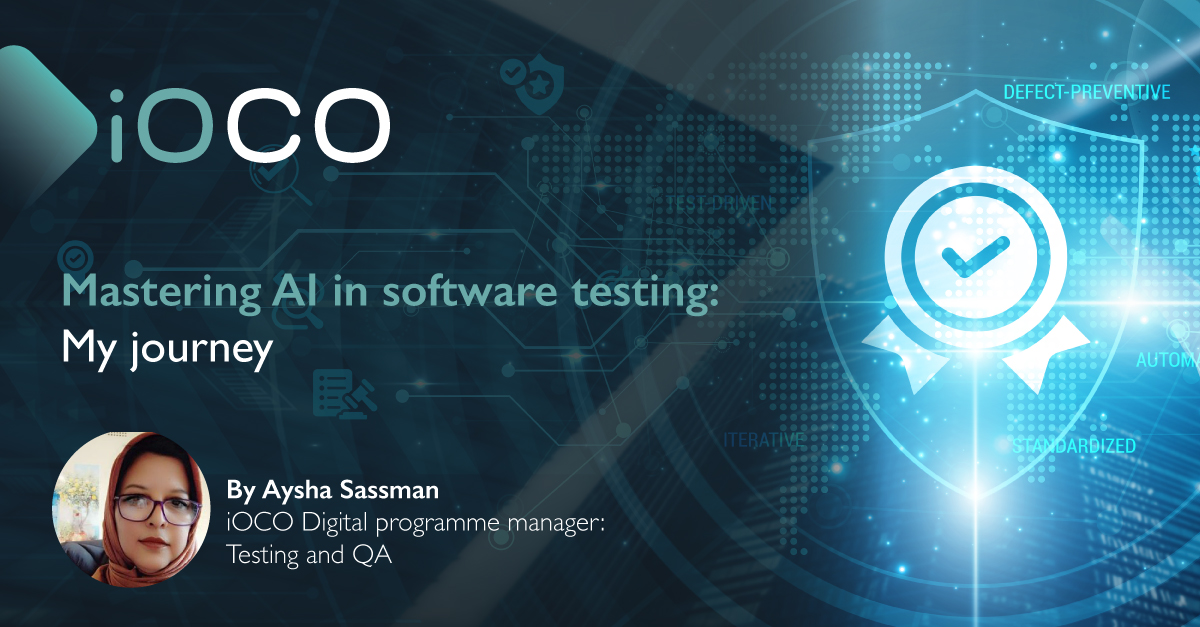Not too long ago, we sat in our office parks and it all just worked – the infrastructure let us do our jobs. We took things like connectivity, LAN management, security, productivity management, voice calling and bandwidth controls for granted.
Now, with mobility or hybrid work coming into play, your workforce is scattered, and gaps are becoming exposed.
Corporates are left with a set of options, and a lot more questions on how to deal with them.
Making the right decision is not only important to your bottom line, but also to your culture and people.
So how do you decide? You could replicate your entire enterprise infrastructure in a way that allows it to be applied remotely at an individual level, but your number of end points will become exponentially higher at both a cost and management level.
Or you can create a thin version of certain components which allow you to provide cost-effective services without compromising on the essentials: connectivity, security and productivity.
Connecting your scattered workforce
For those who live in urban areas with access to domestic fibre/wireless, connectivity is not an issue.
But across a large organisation, only 25-30% of employees typically have that level of access to bandwidth.
That will change because of increasing demand, but in the meantime, organisations are trying to find the middle ground in terms of expense, coverage, convenience and management.
It’s crucial to support data provision with clear and well-communicated HR policies governing its proper use to avoid expensive abuse.
Companies must also consider the importance of redundancy when working with users who require 100% uptime.
Securing your remote environment
Over the past decade, organisations have spent a lot of time and money on their security layers, ensuring that data and users are protected, and systems are not vulnerable to any outside controls.
According to Business Data Platform Statista, the global cybersecurity market was worth $167.1B in 2019.
With Covid-19 and remote work, security remains key to corporate strategies, but these layers now rely on mobility-based product sets. Security should have the ability to follow you anywhere you go.
Companies looking for ways to establish secure remote environments will quickly encounter technologies such as SASE (pronounced “sassy”), which is a set of security services delivered via cloud, as well as individual services such as CASB and FWaaS.
They’ll also encounter concepts such as zero trust, which is a model that presumes that any access to systems should be verified first.
There is no silver bullet – these can all be useful components of a holistic solution to mobility challenges.
Enhancing productivity
No one wants to have their keystrokes monitored or clicks per minute counted.
But employee productivity can be enhanced through the provision of infrastructure that gives people the bandwidth, security, application performance and functionality they need to accomplish their goals, while organisational processes and protocols provide the framework to prevent abuse or inefficient use of resources.
Importantly, effective solutions in this space depend on an understanding of the end user’s requirements.
A call centre will have very different productivity requirements and parameters to a sales department, for example.
The other aspect of productivity is making more intelligent use of physical resources, primarily property. Any hybrid approach to workspaces is going to result in underutilised property portfolios.
The most effective medium to long-term solutions manage physical space through apps that allow you to flexibly adapt your use of space to users’ needs, and not vice versa.
Where to start
We know budgets are constrained, compromises have to be made, and every business has different objectives, capabilities, and user groups. Effective solutions therefore begin with consultation and a thorough understanding of resources, goals, and constraints.
Then a solution can be created using best-in-class technologies to support areas in which your company might be strong, and to fill gaps where necessary.
At iOCO, we have fantastic ingredients available to us, and we are able to put them together in a way that suits your requirements in the most cost-effective manner available and results in an integrated, robust and secure model so that the benefits – simplicity, convenience and productivity – are experienced by the end user.
Technical solutions can’t be rolled out without the cooperation and understanding of people, and these people have to be managed as well.
We understand the importance of the business processes behind digital change and build these into our change models.
When the future is uncertain, flexibility is the pragmatic approach. Environments that are built to adapt will be the ones that survive and deliver sustainable business value.
Written by Brett van Rensburg, Sales Director, iOCO Compute Division



